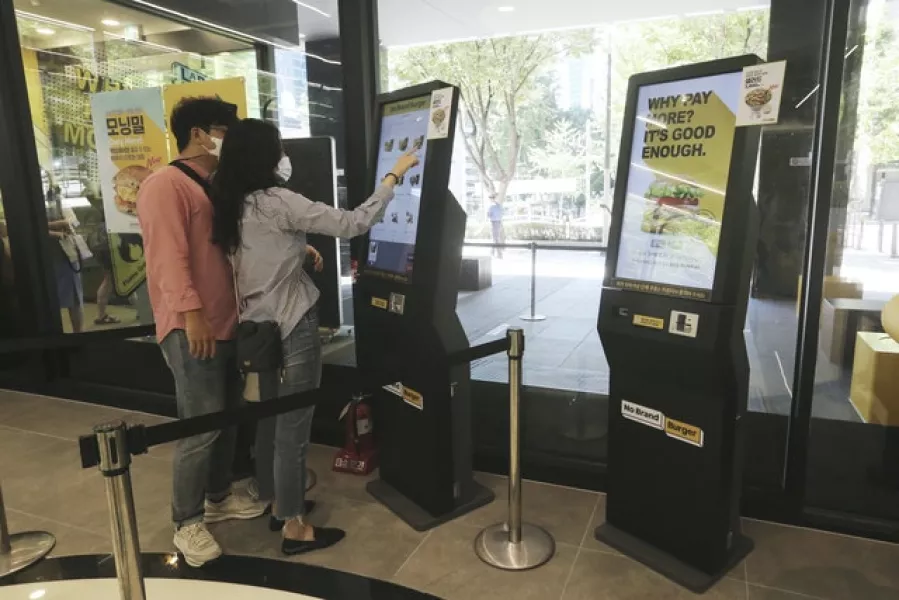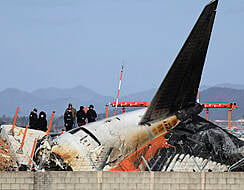From order to pick-up, customers do not need a single face-to-face interaction. All they need to do is to click the menu they want on a kiosk touchscreen, pay and wait for a serving robot to bring their takeaway bag to the pick-up spot.
While waiting for their food, customers take photos or stare with curiosity at the capsule-shaped robots, reminiscent of the popular Minions characters from the animated film Despicable Me.

The yellow and black accent colours of the No Brand Burger restaurant also give the place the look of a toy shop.
“This is the first time I’ve actually seen such robots, so they are really amazing and fun,” said Shin Hyun Soo, a 31-year-old office worker trying out the service.
The restaurant’s human manager, Bae Eunyoung, explained the process: when a customer orders at the kiosk, it is automatically sent to the kitchen. There, an automated cooking machine kicks in and heats the buns and patties.
The human staff do have a role to play, adding toppings to the cooked ingredients before wrapping them and passing them to a robot to serve.
“The customer can take the food without any direct contact with the staff,” Ms Bae said.

That has been seen as a selling point amid the coronavirus pandemic and its restrictions.
Before it eased them on Monday, South Korea had for the last few weeks allowed restaurants to provide only deliveries and takeaway meals after 9pm, and franchised coffee shops like Starbucks to provide only takeaway drinks.
In August, takeaway orders accounted for 58% of No Brand Burger’s total sales, up by 16% from July, according to owner Shinsegae Food.
No Brand Burger is not the only local restaurant using robots to serve customers.

South Korean IT company KT has partnered with family restaurant chain Mad For Garlic to provide AI serving robots.
Using 3D space mapping and other technology, the robot can move through the narrow lanes between tables and avoid obstacles to reach its destination, said Lee Youngjin of KT.
The robot can serve up to four tables per trip.







